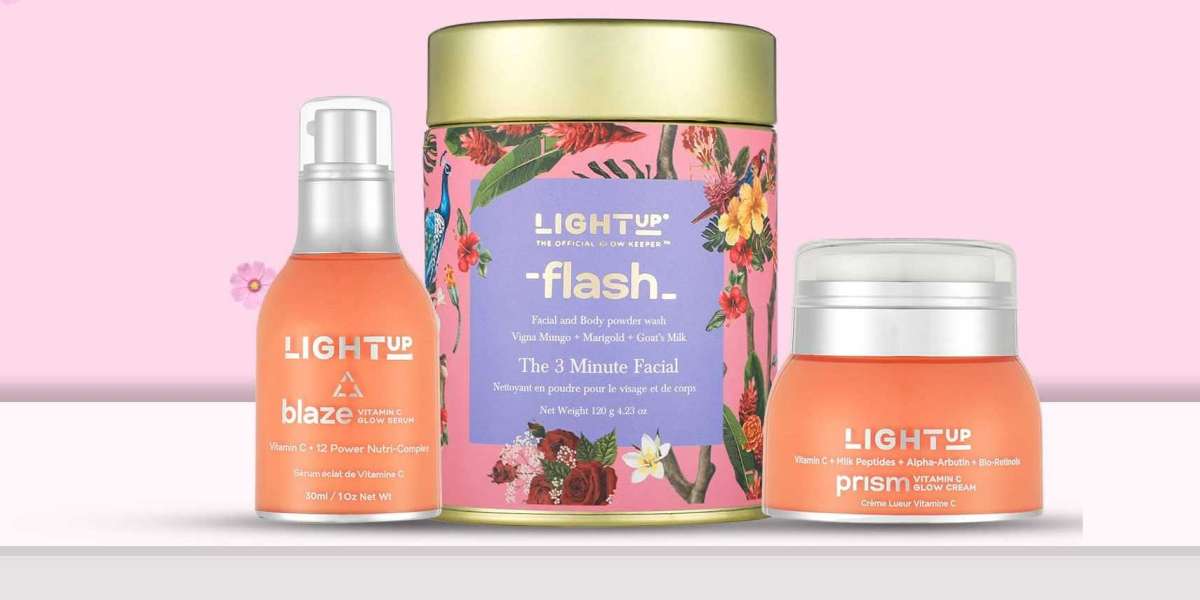So many myths and misconceptions stop people from using sunscreen as they should. It's time to bust the myths and come to grips with the truth about sunscreen so you can protect your skin effectively.
Myth 1: Sunscreen is Only Necessary on Sunny Days
Truth: UV rays are always there, even on cloudy or rainy days. As much as 80% of the sun's rays can pass through clouds, and these dangerous rays can cause damage to your skin. Be it a sunny day or an overcast one, sunscreen is a must for your skin to be protected from UV damage.
Myth 2: Sunscreen Causes Breakouts
Truth: While some sunscreens can cause pores to clog and create breakouts, most modern formulations are non-comedogenic, lightweight, and designed for skin that is prone to acne. Look for labels that say "oil-free," "non-comedogenic," or "sensitive skin friendly" to prevent breakouts. Products like Gold Rush Sunscreen, rich in antioxidants such as Vitamin C, protect your skin while nourishing it without irritation.
Myth 3: A higher SPF means that you don't need to reapply
Fact: SPF or Sun Protection Factor is a measurement of how long the sunscreen stays on your skin protecting it against UVB. Regardless of high SPF, there's no sun screen that never wears off due to excessive sweating, swimming, or simply due to oils from your own skin. Just apply every two hours if going outside for too long.
Myth 4: People with darker skin don't need sunscreen
Truth: Melanin in darker skin provides some inherent protection against UV damage, but this is certainly insufficient to inhibit sun damage, hyperpigmentation, or skin cancer. Sunscreen is necessary for everyone regardless of skin color to ensure full coverage and maintain an even complexion.
Myth 5: Sunscreen Blocks All Vitamin D Absorption
Truth: Sunscreen cannot block UVB completely because it is the ray that contributes to the vitamin D. It may cause a reduction in the exposure to UVB, still allowing your body to produce enough vitamin D. Additionally, you can get vitamin D through diet and supplement if required.
Myth 6. Moist-Proof Sunscreens Should Not Be Re-applied
Fact: The term "waterproof" is a misnomer. No sunscreen is waterproof. The FDA now requires the term "water-resistant" instead. These sunscreens last between 40 and 80 minutes in water, but reapply after swimming, sweating, or towel-drying to maintain protection.
Myth 7: Sunscreen is Only for the Beach
Truth: UV rays can damage your skin anytime you’re exposed to sunlight, whether you’re driving, walking, or sitting by a window. Daily sunscreen application protects your skin from long-term damage like wrinkles, fine lines, and dark spots, making it a must for everyday use.
Myth 8: Sunscreen Alone is Enough for Sun Protection
Truth: Sunscreen is a very important sun tool, but it is only effective when combined with other forms of protection. Wear wide-brimmed hats, UV-blocking sunglasses, protective clothing, and seek shade when the sun's rays are strongest-between 10 AM and 4 PM-for complete protection.
Myth 9: Natural or Homemade Sunscreens Are Just as Effective
Truth: Homemade sunscreens or natural alternatives are not tested thoroughly and do not have a proven record of effectiveness. Only FDA-approved sunscreens are tested for their ability to provide the protection claimed on the label. Use trusted, dermatologically tested products like Gold Rush Sunscreen for reliable defense against UV rays.
Myth 10: Sunscreen is Bad for Coral Reefs
Truth: Certain sunscreen ingredients, like oxybenzone and octinoxate, have been linked to coral reef damage. However, reef-safe sunscreens are formulated without these ingredients, ensuring environmental safety. Look for labels that mention “reef-safe” or “ocean-friendly” to make a responsible choice.
Tips for Using Sunscreen Effectively
- Apply Generously: Most people use too little sunscreen. Use about a shot glass full (1 ounce) for full-body coverage and a nickel-sized amount for the face.
- Don't Forget the Details: Sunscreen should also be applied on those often overlooked areas such as ears, the back of your neck, hands, feet, and even on your scalp when exposed.
- Use Broad-Spectrum Protection: Ensure your vitamin C sunscreen protects both UVA and UVB rays for maximum defense.
- Apply before sun exposure: Sunscreen usually takes 15-30 minutes to absorb so apply it before going out into the sun.
- Layer with Makeup: Sunscreen should be the last step in your skincare routine and applied under makeup. Powder sunscreens can be used for touch-ups during the day.
Why Sunscreen is Non-Negotiable
Sunscreen is the best defense for your skin to protect it from premature aging, sunburn, and cancer. Tell these common myths goodbye, and now you will be able to use sunscreen in a better way and with confidence. Products, such as Light Up Beauty Gold Rush Sunscreen, with its gold-standard Vitamin C and lightweight, non-greasy formula, will nurture your skin as it protects it.
It is the best sunscreen that is actually used. Defend your skin today for a much healthier and radiant tomorrow!








